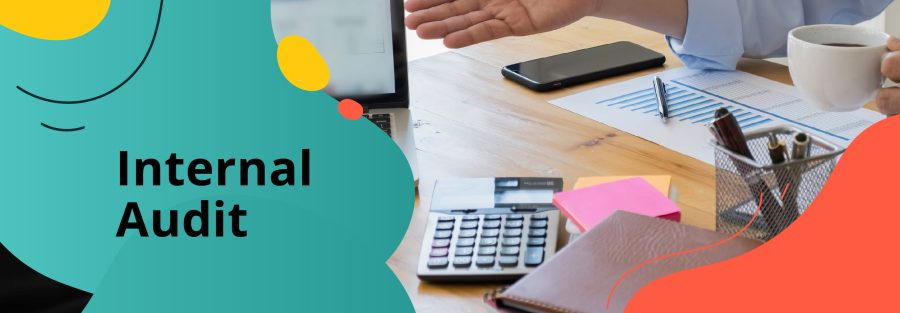Facilitating continual improvement with internal audits is a fundamental aspect of a robust management system, such as those based on ISO standards (e.g., ISO 9001 for quality management or ISO 14001 for environmental management). Internal audits help organizations identify areas for enhancement, ensure compliance with standards, and drive continuous improvement.
Here’s how to effectively use internal audits to facilitate continual improvement:
Set Clear Objectives: Define specific objectives for your internal audits. These objectives should align with the goals of your management system and focus on areas that require improvement, compliance verification, or risk assessment.
Establish an Audit Program: Create a well-defined audit program that outlines the scope, frequency, and schedule of internal audits. Ensure that audits cover all relevant processes and areas within your organization.
Select Competent Auditors: Choose auditors with the necessary skills, knowledge, and training to conduct effective internal audits. Auditors should be impartial and independent from the processes they are auditing.
Prepare Audit Checklists and Plans: Develop audit checklists and audit plans that detail the audit criteria, scope, objectives, and specific audit questions or criteria for each audit area.
Conduct Audits: Perform internal audits according to your established schedule and plan. Auditors should gather evidence, interview personnel, and review documentation to assess compliance and effectiveness.
Document Findings: Document audit findings, including both non-conformities (areas of non-compliance or opportunities for improvement) and positive practices. Ensure that findings are clear, actionable, and evidence-based.
Analyze and Report Findings: Analyze audit findings to identify trends, recurring issues, and areas with the most significant potential for improvement. Create audit reports that communicate findings and recommendations to relevant stakeholders.
Prioritize Improvement Opportunities: Prioritize improvement opportunities based on the severity of findings and their potential impact on your organization’s objectives and compliance with standards.
Develop Corrective and Preventive Actions (CAPAs): For non-conformities, develop corrective actions to address immediate issues and preventive actions to prevent recurrences. Ensure that CAPAs are well-documented, with assigned responsibilities and timelines.
Implement CAPAs: Execute corrective and preventive actions effectively, addressing the root causes of non-conformities and implementing preventive measures to avoid future issues.
Monitor and Review Progress: Track the implementation and effectiveness of corrective and preventive actions. Regularly review progress to ensure that the desired improvements are achieved.
Feedback and Communication: Foster open communication about audit findings, progress, and improvements with relevant stakeholders, including management, employees, and process owners.
Management Review: Present audit findings, progress on improvement initiatives, and opportunities for continual improvement to top management during management review meetings. Seek their support and guidance.
Training and Awareness: Provide training and awareness programs to ensure that employees understand the importance of internal audits and their role in the continual improvement process.
Iterate and Enhance: Continually review and enhance your internal audit program based on feedback, experience, and changing organizational needs. Ensure that audits evolve to address emerging risks and opportunities.
Celebrate Successes: Acknowledge and celebrate achievements and successful improvement initiatives to motivate employees and maintain a positive culture of continual improvement.
By following these steps and integrating internal audits into your organization’s management system, you can effectively identify improvement opportunities, drive positive change, and achieve ongoing excellence in performance and compliance with relevant standards. Internal audits should be seen as a valuable tool for enhancing organizational effectiveness and competitiveness.

